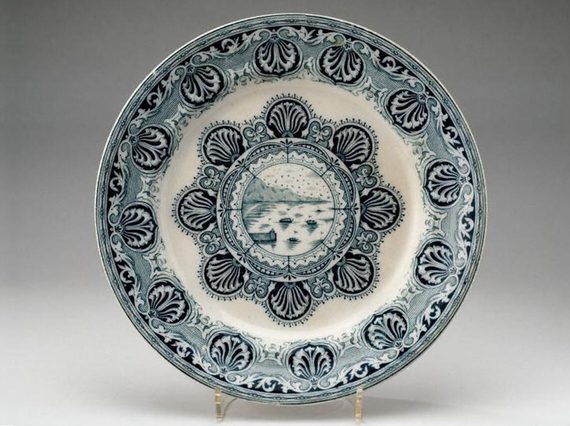
Trading Places
This workshop sought to expand academic knowledge and improve museum interpretation of Scotland’s commercial diaspora, focusing on the material culture of short-term economic migration.
Last updated: 27 January 2022
About the project
Migration is one of the defining phenomena of the 21st century, high on the news agenda, prominent in political discourse and perceived as a uniquely modern global challenge. In Scottish life, migration has been a critical and multifaceted feature for centuries. Yet the diverse nature of Scottish migration is not fully explored in existing scholarship or public representation of the past, with much of the available work focused on the traditional settler destinations of the “New World”.
Taking a case-study approach, the Trading Places workshop explores the Scottish commercial presence in Northern Europe and East Asia, from the 17th to the 21st century.
- Project title
Trading Places: Exploring Scotland’s commercial diaspora, past and present
- Project active
2017
- Research theme
Identities and Cultural Contacts
Image gallery
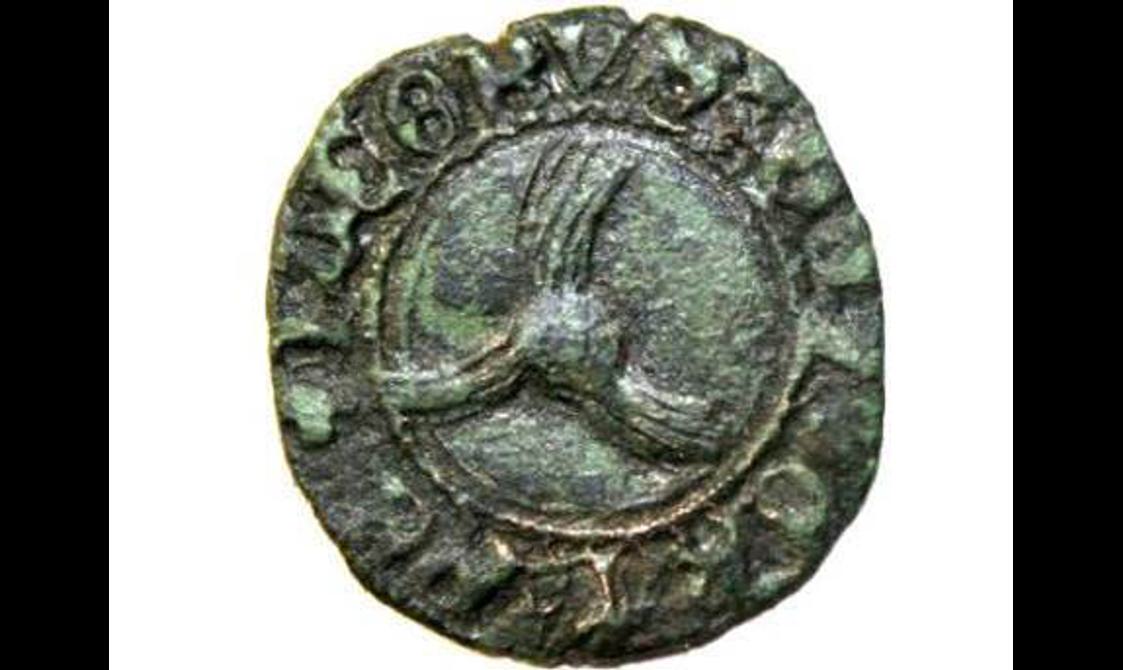
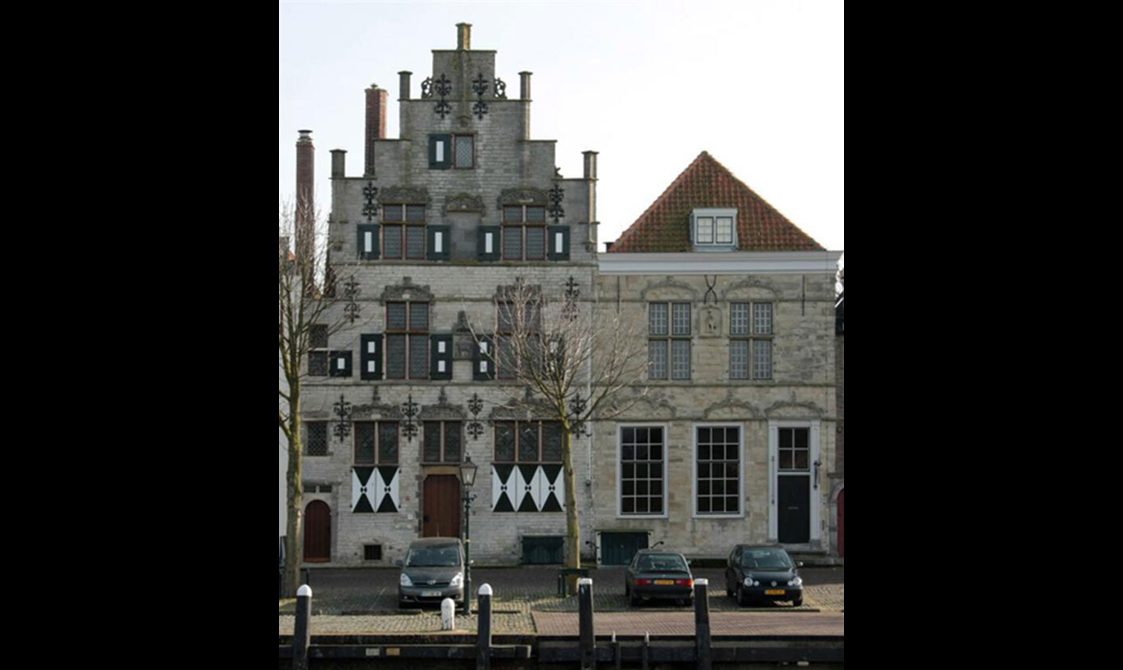
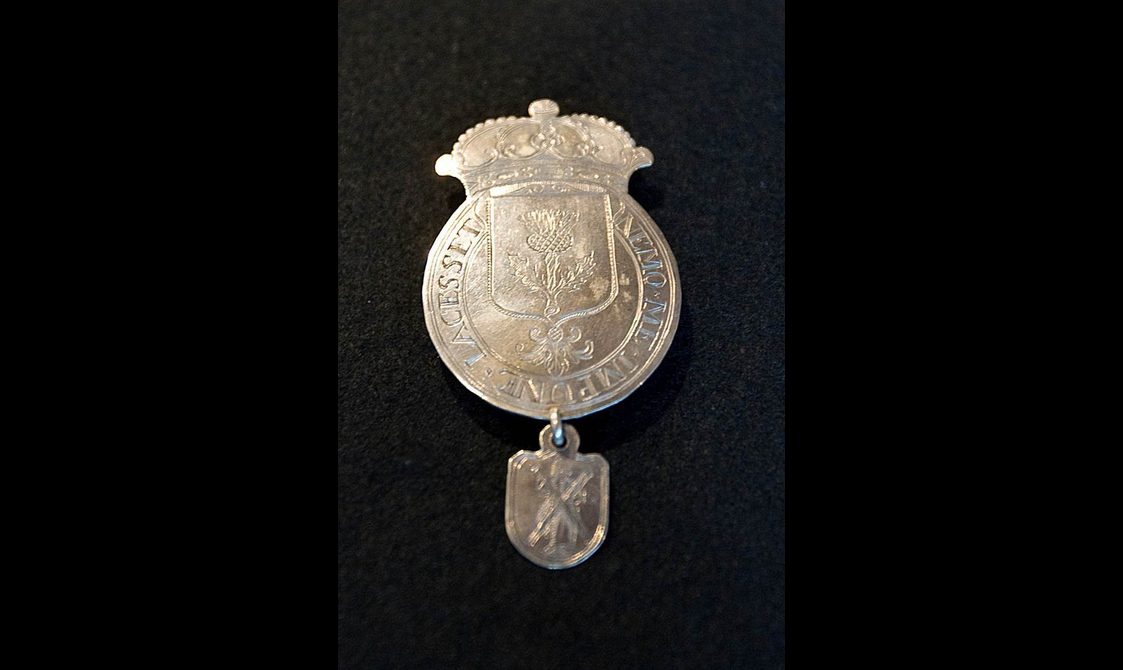

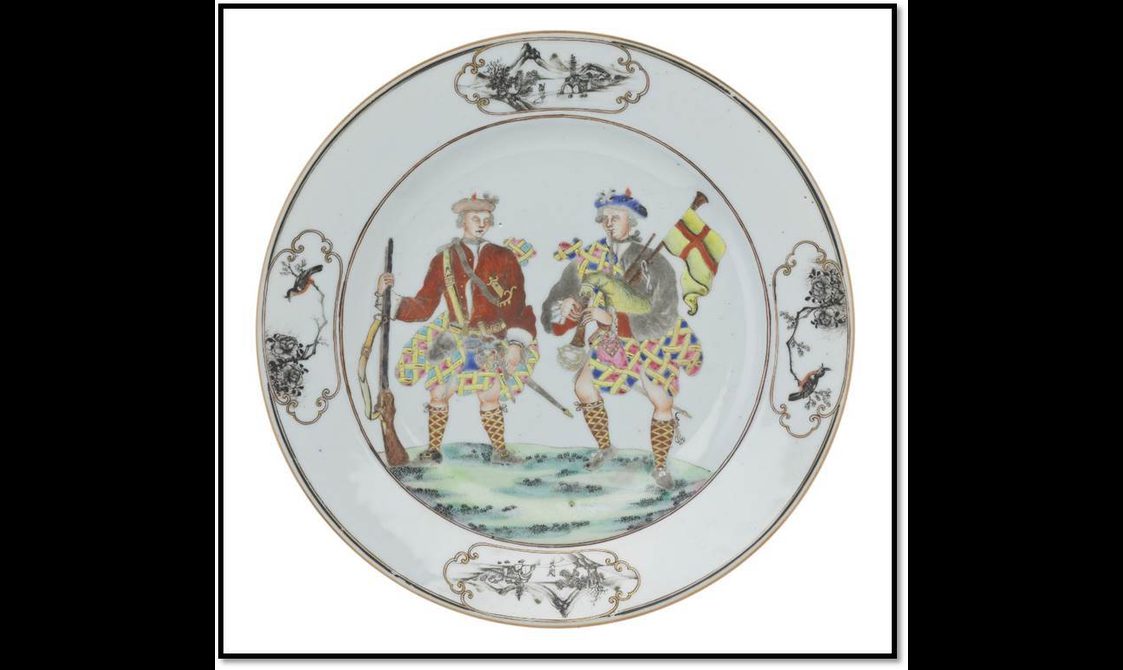
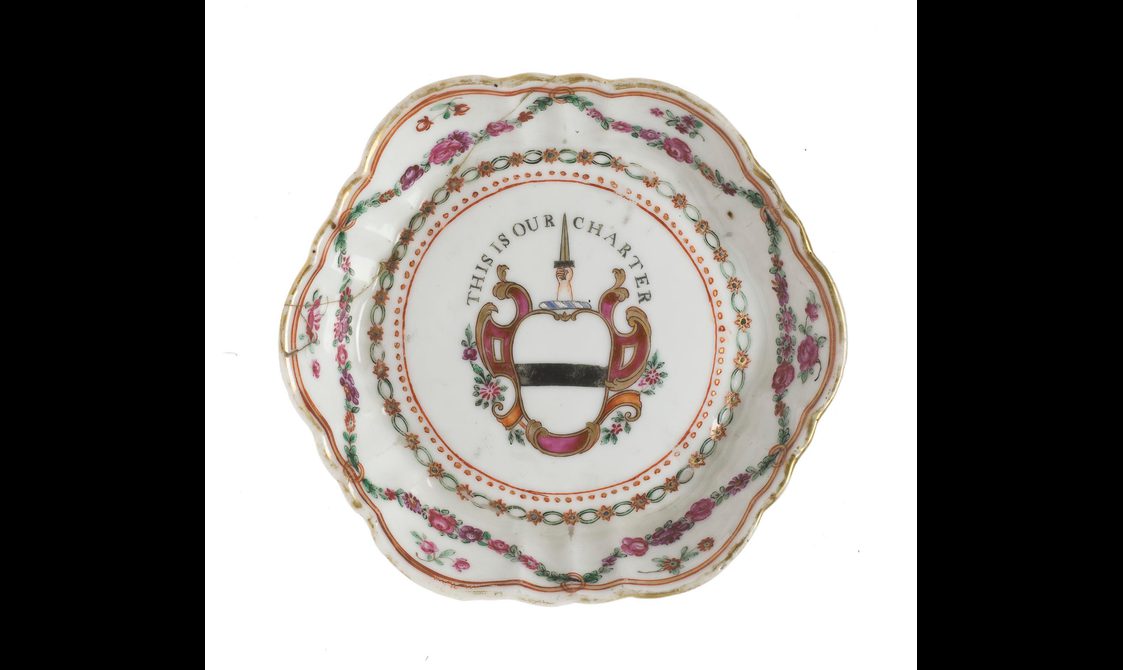
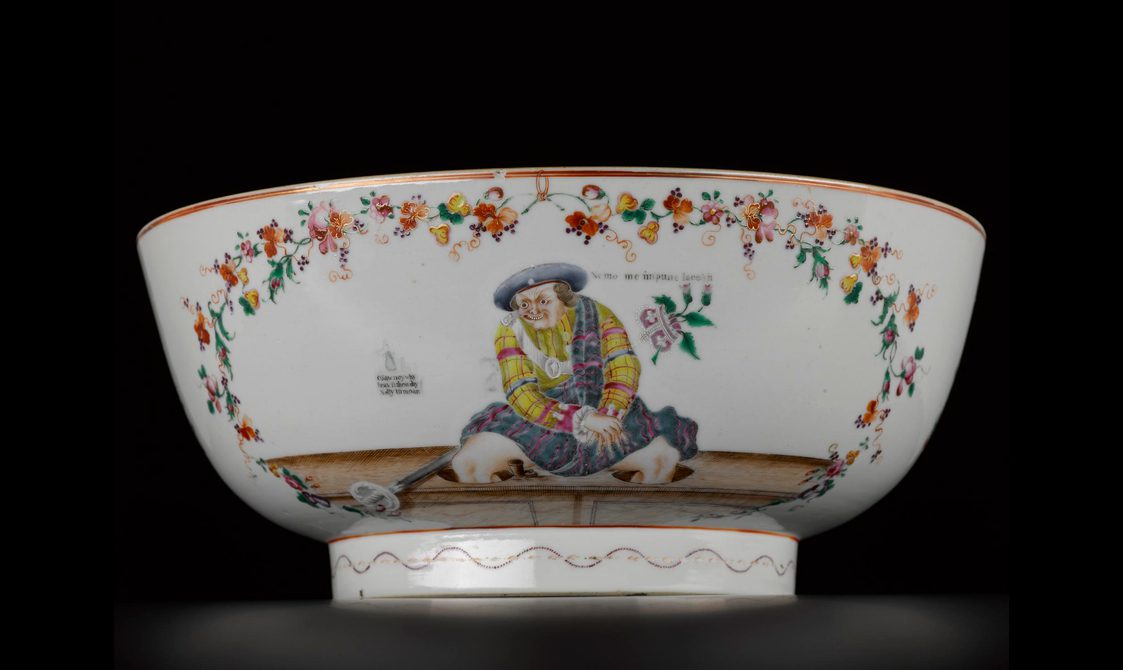
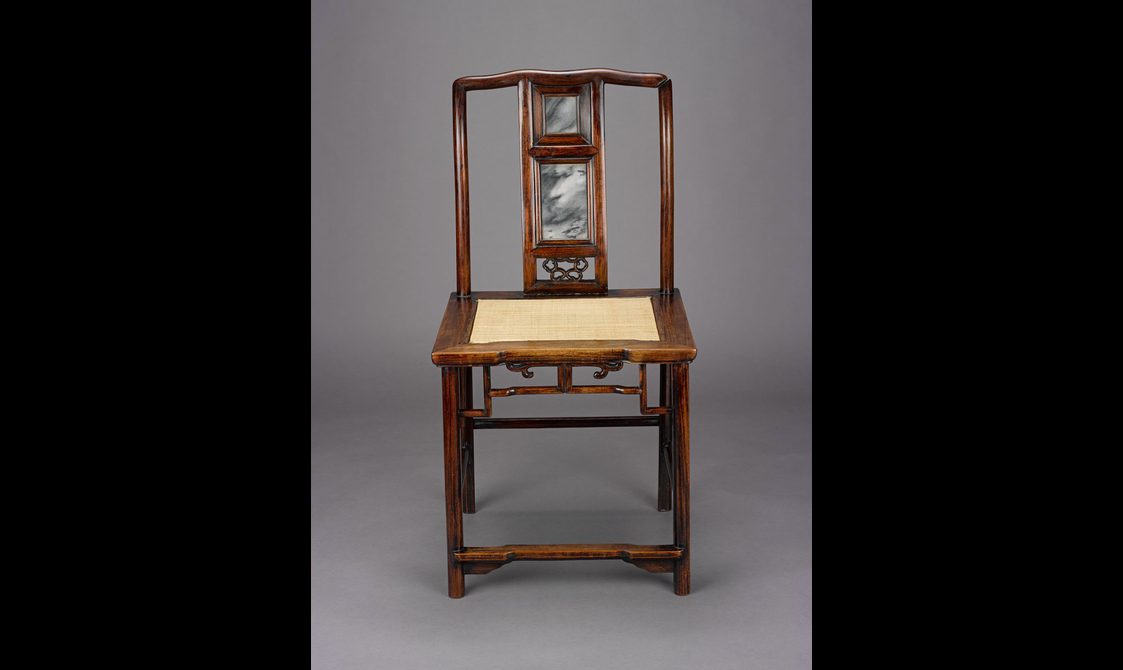
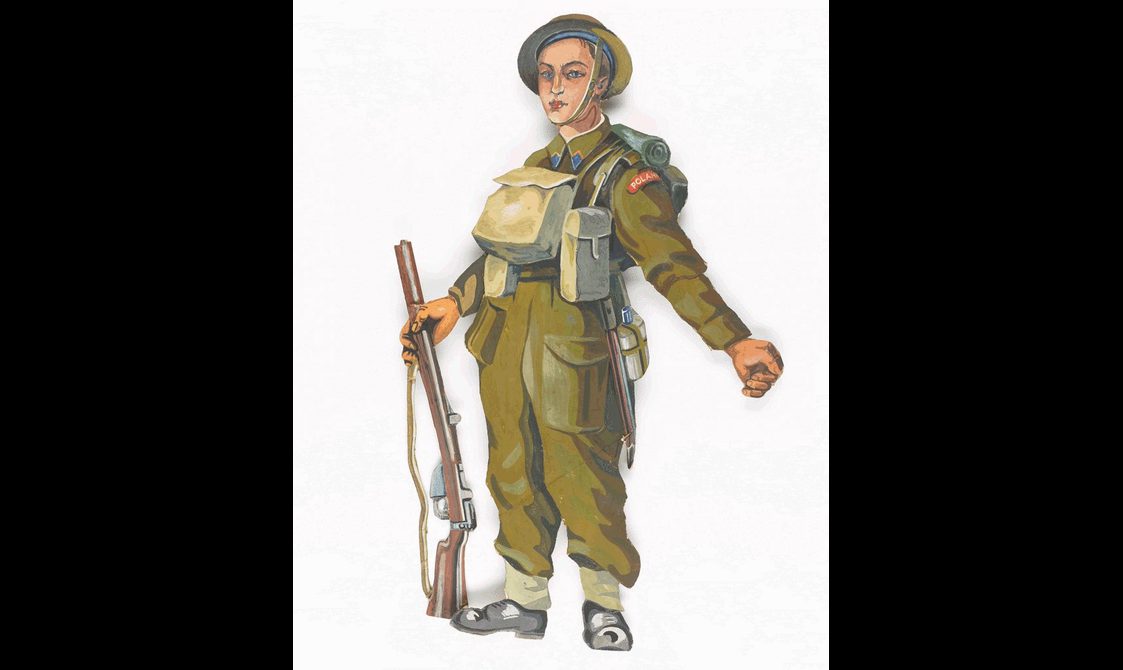
Contributors
Dr Stuart Allan - Principal Investigator
National Museums Scotland
Professor Tanja Bueltmann - Co-investigator
Northumbria University
In June 2017, historians and curators met to discuss existing and current research in the field and identify new areas for collaborative investigation. They discussed a range of different ways of looking at the topic of short-term migration with particular attention to objects that survive as evidence of a past Scottish presence in the Netherlands, Poland and Hong Kong, and to uncovering traces of a cultural memory of that presence today.
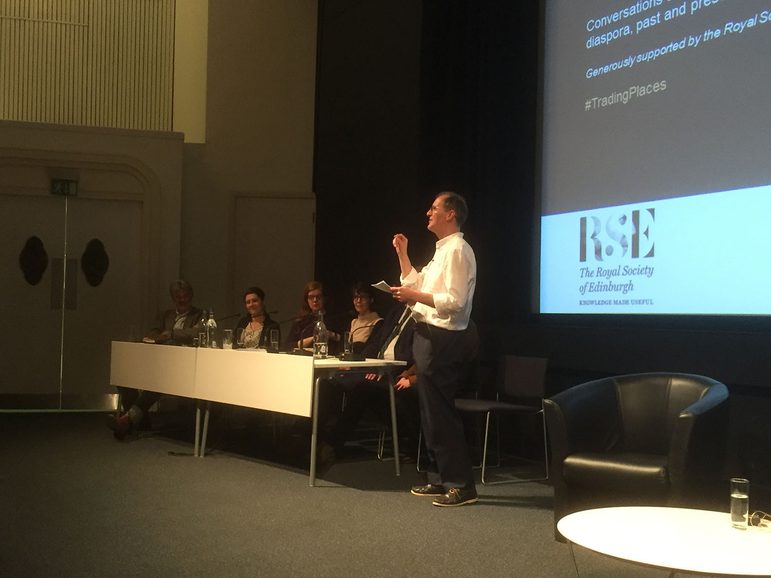
A public engagement event in October 2017 compared and contrasted the historical evidence of Scottish people moving to work and trade with short-term economic migration into Scotland today. By bringing historians who specialise in the movement of people together with individuals who have experience of both sojourning and settling in the areas under study, the event opened up new ways of looking at migration across time and place.
Trading Places is actively engaged with young people in schools. Two pupils – one from Poland and one from Japan – spent time with museum curators examining objects relating to these countries in the National Collections. They then gave presentations to their peers at the National Museum of Scotland, drawing links between historical objects and personal experience. After a day of gallery visits and workshops, a team of around thirty pupils joined with curatorial teams to discuss their views on how migration is currently represented in the Museum and ideas for the future development of displays and interpretative material.
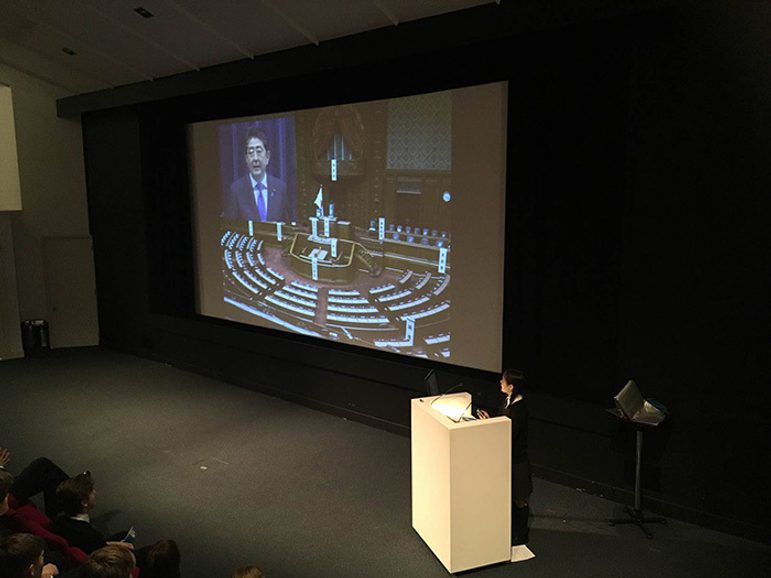

Through its multifaceted engagement with a range of groups, this project is uncovering rich and previously unacknowledged insights into Scotland’s commercial diaspora, past and present. Ongoing research in this area will lead to further events.
Header image: H.MEK 666, earthenware soup plate with a centre design showing a circular scene of a stretch of water, by J. and M.P. Bell and Co. Ltd of Glasgow about 1850 - 1900 for export to south-east Asia.
